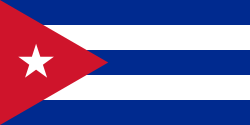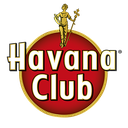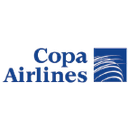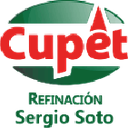Executive Secretary

IX International Symposium on Chemistry and Pharmaceutical Sciences
SIQF 2025
14th Conference “Chemical engineering: development, potential and its challenges” and VI International Symposium on “Technological and environmental safety”
Problematic: Research linked to the UEB “Chiquitico Fabregat” has revealed high energy and enzyme consumption in the implementation of enzyme investment for glucose production.
Objective (S): To optimize enzymatic hydrolysis to produce glucose in the UEB “Chiquitico Fabregat”, using thermo-stable β-fructosidase from Thermotoga maritima, using a Mathematical model and experimental design that facilitates Optimization.
Methodology: To optimize the enzymatic hydrolysis stage, β-fructosidase from Thermotoga maritima (BfrA)in a submerged state was used. A regression of previous experimental data was performed, and Response Surface Methodology (RSM) was applied, enabling the development of a Central Composite Design (CCD). This design established a relationship between factors such as time, enzyme concentration, and Brix, with total reducing sugars as the variable.
Results and Discussion: The optimal results obtained were a Brix of 75.5484 %, an enzyme concentration of 20.8891 U/g of refined substrate, pH 5.5, a temperature of 85 ºC, and a reaction time of 6.8061 hours. These findings demonstrate the efficacy of BfrA in the hydrolysis operation, highlighting is termal stability. However, an economic limitation was identified: the inability to recover the enzyme throgh separation from the reaction system. Therefore, a strategy was proposed to develop local production of the enzyme required for the process.
Conclusions: Determining the optimal conditions reduces the consumption of thermoestable invertase and energy expenditure, thereby enchancing the sustainability of the process.
Problemática: Las investigaciones vinculadas a la UEB “Chiquitico Fabregat” han revelado altos consumos de energía y enzimas en la implementación de la inversión enzimática para la producción de glucosa.
Objetivo(s): Optimizar la hidrólisis enzimática para producir glucosa en la UEB “Chiquitico Fabregat”, utilizando β-fructosidasa termoestable de Thermotoga marítima, mediante un modelo matemático y diseño experimental que facilite la optimización.
Metodología: Para optimizar la etapa de hidrólisis enzimática, se utilizó la β-fructosidasa de Thermotoga marítima (BfrA) en estado sumergido. Se llevó a cabo una regresión de los datos experimentales previos y se aplicó la Metodología de Superficie de Respuesta (MSR), lo que permitió desarrollar un Diseño Compuesto Central (DCC). Este diseño estableció una relación entre factores como el tiempo, la concentración de enzima, y el Brix, tomando como variable respuesta el total de azúcares reductores.
Resultados y discusión: Los resultados óptimos obtenidos fueron un Brix de 75,5484 %, una concentración de enzima de 20,8891 U/grefino, pH 5,5, temperatura de 85 ºC y un tiempo de reacción de 6,8061 horas. Estos hallazgos demuestran la eficacia de la BfrA en la operación de la hidrólisis, destacando su estabilidad térmica. Sin embargo, se identificó una limitación económica: la imposibilidad de recuperar la enzima mediante separación del sistema de reacción. Por ello, se propuso desarrollar una estrategia para la producción local de la enzima necesaria para el proceso.
Conclusiones: La determinación de las condiciones óptimas favorecen la disminución del consumo de enzima invertasa termoestable y del gasto energético, contribuyendo a mejorar la sostenibilidad del proceso.
About The Speaker

Ing Claudia Suarez

Discussion


 Gold
Gold
 Gold
Gold
 Silver
Silver
 Silver
Silver